|
Eleanor Margaret Burbidge (1919-08-12--2020-04-05) Margaret Buridge was one of the most highly-respected observational astronomers of her own --- or any --- generation. She was a pioneer, not only in the research realm, but also in her outspoken advocacy for women in astronomy, education and the development of forefront facilities. Born in London, UK, Eleanor Margaret Burbidge (nee Peachy) recalled her first interest in stars emerging at the age of 4 years, crystallizing further around the age of 12/13. Astronomy formed a major part of her undergraduate degree at University College London (UCL) in the years leading up to WWII. Upon graduation, Burbidge joined the workforce of a computing company, resigning after just one day. During WWII, Burbidge was responsible for the safety and operation of the instruments at the University of London's Mill Hill Observatory and acquired her Ph.D. through spectroscopic studies of Be-type stars (using W. E. Wilson's historic 24-inch reflecting telescope) including the archetype, Gamma Cassiopea (a.k.a. "Margaret's star"). Burbige wrote: |

|
|
Virginia Trimble Virginia Trimble is Professor of Physics and Astronomy at UC Irvine and the oldest member of the department still on active duty. Virginia sponsored the Observational Astronomy Workshops in: 2013 & 2014 (in honor of Mary Lea & C. Donald Shane); 2015 (in honor of Rudolph L. Minkowski); 2016 (in honor of George H. Herbig); 2017 (in honor of Robert P. Kraft) and 2018 (in honor of Anna Estelle Glancy and Emma Phoebe Waterman Hass). Virginia is a graduate of Hollywood High School, UCLA, and Caltech (PhD 1968) and holds an honorary M.A. degree from the University of Cambridge (UK) and dottora honoris causa from the University of Valencia (Spain). She has been involved in governance in AAS, APS, IAU, IUPAP, PBK, Sigma Xi, ASP and some other organizations and is currently interested in the structure and evolution of stars, galaxies, and the universe, and of the communities of scientists who study them. As a student at CalTech, Trimble modelled for Richard P. Feynman's artwork. For 16 years, Trimble read every astronomical paper published in 23 journals. Preceded by Vera Rubin, Trimble was the second woman to be granted research time with the 200-inch Hale telescope on Palomar mountain. Since the 1960s, as the spouse of gravitational wave astronomy pioneer Joseph Weber, Virginia has been integral to the development and fruition of this major new field, as acknowleged during the 2016-02-11 NSF press conference announcing the first direct detection of gravitational waves by the LIGO instrument. |
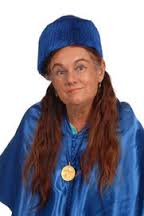
|
|
Elinor Gates Elinor is a staff astronomer at Lick Observatory specializing in laser guide star adaptive optics and near infrared camera instrumentation and observations. She received her Ph.D. in Physics/Astronomy from the University of New Mexico in 1998. Her current research interests are studying quasars and their host galaxies. |
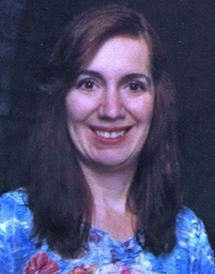
|
|
Paul Lynam Paul is a staff astronomer at Lick Observatory. An amateur astronomer since childhood, after UK-based undergraduate studies, master's research and a Ph.D. in astrophysics (2000), he spent three years at the Max-Planck-Institute for Extraterrestrial Physics (MPE, Germany). Having attended research observatories worldwide, he then joined the European Southern Observatory (ESO, Germany) and two years later, relocated to Chile, supporting operations of the Very Large Telescope (VLT). He continued as a VLT operations astronomer until late 2010. His research includes giant galaxies, clusters of galaxies, large-scale structure and "cosmic flows." |
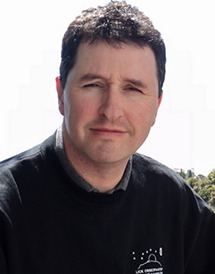
|
|
Jon Rees Jon is a staff astronomer at Lick Observatory. He received a Ph.D. in Physics from the University of Exeter in 2016, focussed on observations of young star clusters. He completed a joint postdoc position at the University of Arizona/UC San Diego, followed by a stint as observatory manager at New Mexico State University before joining Lick. His research interests cover the evolution of young stars, low-mass stars in globular clusters, and brown dwarfs. |
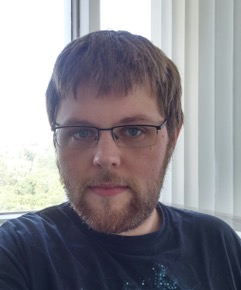
|
|
Patrick Maloney Pat Maloney has been actively involved with Astronomy since he ground an 8-inch mirror and built his first telescope as a high school freshman. He has operated telescopes for public viewing programs at various colleges and universities. He currently teaches astronomy labs at Santa Clara University. For many years, Pat has also operated the 36-inch and 40-inch telescopes for Lick Observatory’s summer evening programs. |
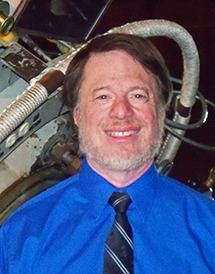
|